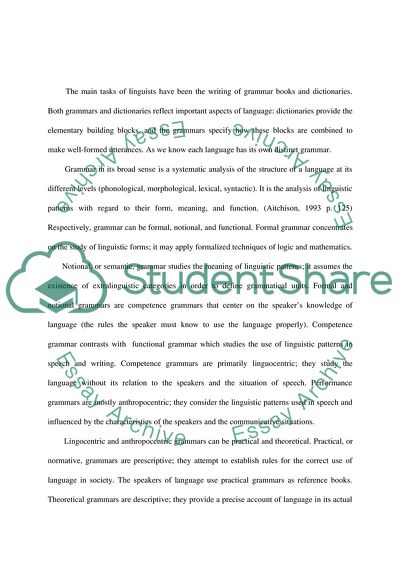Cite this document
(“What is grammar Essay Example | Topics and Well Written Essays - 2000 words”, n.d.)
What is grammar Essay Example | Topics and Well Written Essays - 2000 words. Retrieved from https://studentshare.org/miscellaneous/1559036-what-is-grammar
What is grammar Essay Example | Topics and Well Written Essays - 2000 words. Retrieved from https://studentshare.org/miscellaneous/1559036-what-is-grammar
(What Is Grammar Essay Example | Topics and Well Written Essays - 2000 Words)
What Is Grammar Essay Example | Topics and Well Written Essays - 2000 Words. https://studentshare.org/miscellaneous/1559036-what-is-grammar.
What Is Grammar Essay Example | Topics and Well Written Essays - 2000 Words. https://studentshare.org/miscellaneous/1559036-what-is-grammar.
“What Is Grammar Essay Example | Topics and Well Written Essays - 2000 Words”, n.d. https://studentshare.org/miscellaneous/1559036-what-is-grammar.


